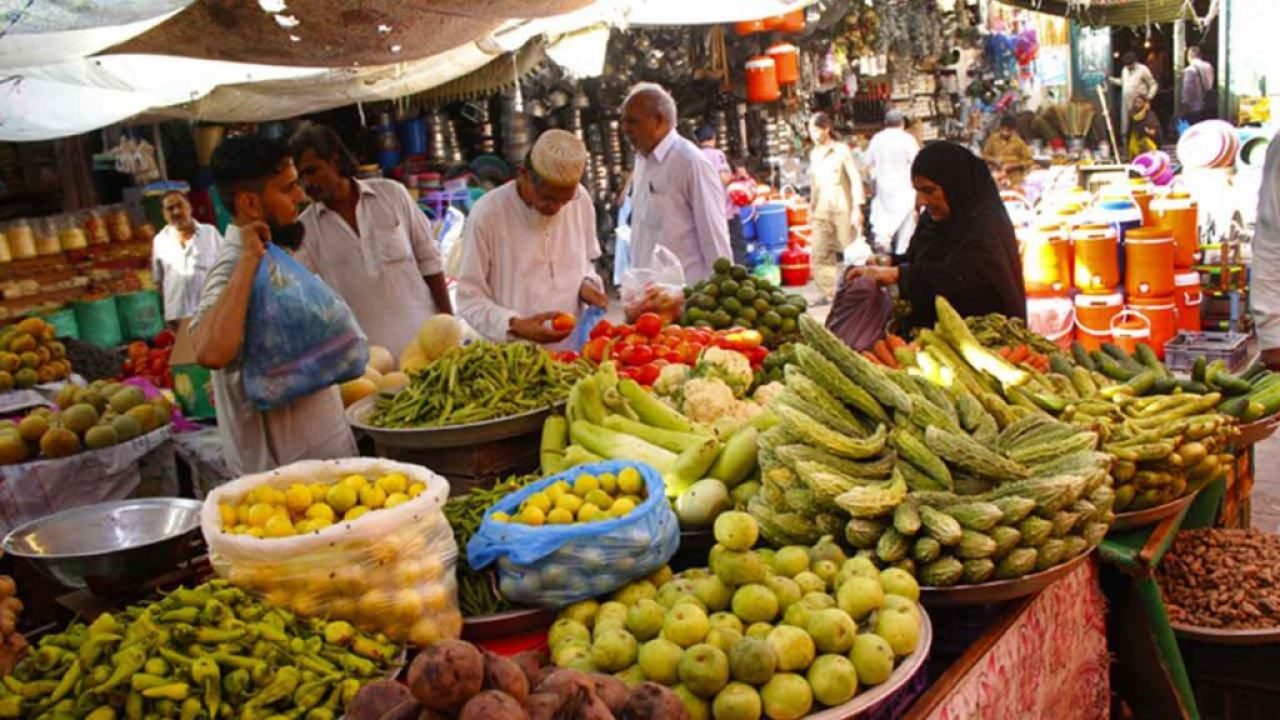
Islamabad, May 30 – According to data from the Pakistan Bureau of Statistics (PBS), Pakistan experienced a decrease of 0.81% in its weekly inflation rate as of May 29, 2025. The reduction can be attributed primarily to decreased costs for electricity and poultry products. However, when compared year-over-year, the Sensitive Price Index (SPI) still rose slightly by 0.41%.
The cost of electricity decreased significantly by 10.1%, and chicken prices reduced by 8.5%. Additionally, other major items such as LPG and sugar saw declines of 2.7% and 0.25%, respectively. However, the costs for 14 crucial products increased; notably, tomatoes surged by 4.5%, potatoes climbed by 2.9%, and egg prices went up by 2.2%.
The reduction in inflation affected every economic segment. Families with the least income observed a 0.67% decrease in their weekly spending, whereas those with the most significant incomes noted a marginally larger dip of 0.74%. Nevertheless, when measured annually, the less affluent group encountered a smaller drop of 0.22%, compared to a more substantial increase of 1.50% for the wealthiest sector.
One of the significant construction and agricultural materials, Sona urea, was listed at Rs4,467 for each 50kg sack, marking a slight decrease of just 0.09% since the previous week. Similarly, cement saw a modest drop to Rs1,417 per 50kg sack yet still stood 14.6% above the price from the same period last year.
The SPI monitors the costs of 51 crucial products in 17 key cities throughout Pakistan. This index offers a weekly glimpse into inflation patterns impacting both city dwellers and those living in rural areas. Recent data indicates some short-term respite for family finances, particularly concerning expenditures on energy and food.
In the future, inflation dynamics will be influenced by international commodity costs and domestic supply chain resilience. Authorities are anticipated to keep a close watch on the food and energy sectors to maintain their accessibility for everyday buyers.